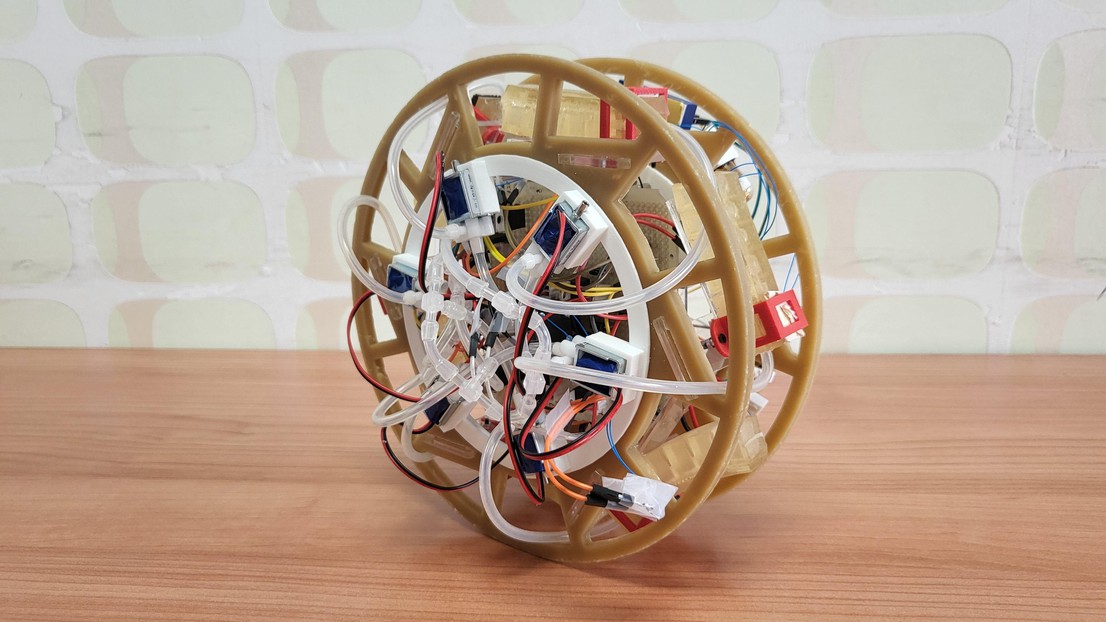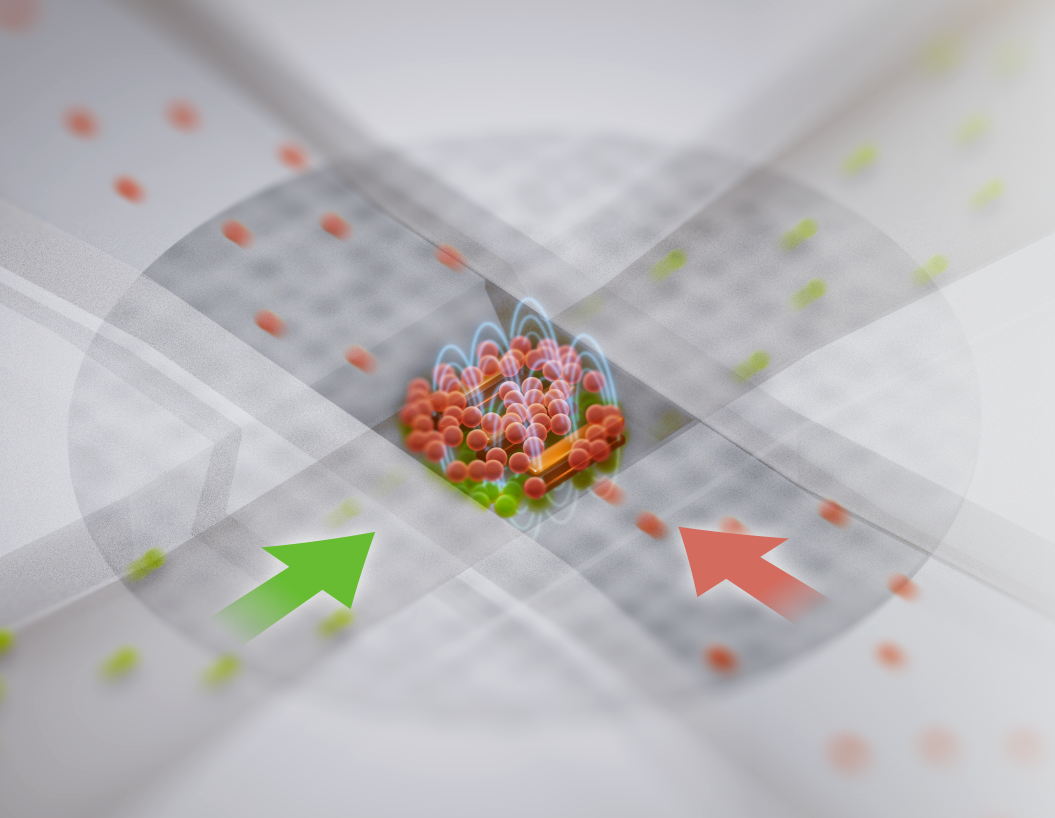A collaboration between several academic and research institutions has led to a groundbreaking experiment where robots are constructed not from traditional metals, but from organic, edible materials. This innovative approach holds the potential to revolutionize sustainable healthcare and even transform dietary experiences.
Traditional robots, composed of solid, non-biodegradable materials, leave a persistent environmental footprint. Their inorganic components remain in the environment long after they become obsolete. In contrast, food is consumed metabolically and biodegrades with time.
The Swiss Federal Institute of Technology in Lausanne (EPFL) has taken the novel concept of edible robots and transformed it into a reality. The institute's interdisciplinary "RoboFood" project brings together experts from diverse fields: robotics from EPFL, culinary expertise from Wageningen University in the Netherlands, advanced manufacturing and materials science from the University of Bristol in the UK, and bio-robotics from the Italian Institute of Technology. This collaborative effort aims to develop fully edible robots that could revolutionize industries from healthcare to space exploration.
This endeavour brings together experts and researchers from diverse fields and specialties. The objective is to manufacture dual-use materials and combine the principles of soft robotics with the latest food processing technologies.
The research team envision systems that deliver precisely tailored drugs to patients with chronic conditions like dysphagia, offering targeted treatments that minimize side effects. They have also conceptualized implantable devices for real-time monitoring of bodily functions, providing physicians with detailed in vivo data. Additionally, they propose deployable devices for environmental agencies to monitor wildlife and protect ecosystems in remote areas.
Practical experiments have yielded edible sensors, actuators, power sources, and grippers, as well as drones equipped with rice cake wings that deliver food and medicine together in the aftermath of disasters.
This new generation of robots will not be built from metals or plastics. Instead, gelatine will replace rubber in flexible actuators, rice crackers will serve as structural foam, and chocolate coatings will protect components from moisture. These are just a few examples of the organic materials being explored for this innovative design. The question remains: Can these materials withstand the demands of real-world applications?
First, the starting point was solving the issue of miniaturization, a crucial element for effective robots, through precise engineering and new materials science. Experts worked on shrinking various components without compromising their functional or nutritional properties.
Secondly, the developers worked to ensure the safe coexistence of these materials when used, so that the electronic components can integrate with their liquid-based counterparts without one compromising the other. These materials must also be durable and long-lasting, meaning they must perform their essential functions before being consumed or degraded.
Thirdly, these edible units required suitable storage conditions outside of the laboratory to ensure their durability under various circumstances.
The development of these ingestible robots is not just about ensuring they can be swallowed without issue, but also about creating a palatable experience. This requires a careful balance between functionality and sensory appeal, including the design of texture, aroma, and flavour, adding yet another layer of complexity to the task.
Scaling up and disseminating these innovative food products poses a significant challenge, mainly due to high costs. To make a real impact, these edible innovations must be cost-effective. To address this, the project has launched a dedicated website and social media accounts to share its progress with both the scientific community and the public through open discussions. This approach aims to foster public acceptance and ensure the project's sustainability by leveraging collaboration to generate social momentum and achieve innovations that would be unattainable through individual efforts.
Edible electronics have the potential to revolutionize healthcare by delivering targeted drug therapies with unprecedented precision and speed, providing real-time data to clinicians. Additionally, it offers unique culinary experiences for consumers, while simultaneously improving food safety and efficiency within the food industry.
Environmentally, these devices can reduce waste, transport essential nutrients to wildlife, and deliver vaccines to endangered species without disturbing their habitats or causing alarm. Unlike traditional robots, they interact in ways that minimize waste through careful management. Additionally, the use of biodegradable materials supports efforts to reduce the technology's environmental impact.
In agriculture, these robots hold promise for optimizing the management of critical resources like water and fertilizer, promoting sustainable crop production.
If successful, this concept could pave the way for new industries and jobs in healthcare, environmental management, and food production—nourishing both people and animals while fuelling the future.
References:
- https://actu.epfl.ch/news/robots-au-chocolat-for-dessert/
- https://www.nature.com/articles/s41578-024-00688-9
- https://www.robofood.org/about/
- https://cordis.europa.eu/project/id/964596/reporting
- https://www.bristol.ac.uk/engineering/research/softlab/research/robofood/
- https://www.wionews.com/science/use-it-and-eat-it-new-fascinating-robots-are-fully-operational-as-well-as-edible-734320
- https://www.techtimes.com/articles/305708/20240614/scientists-developing-fully-edible-robots-why.htm






